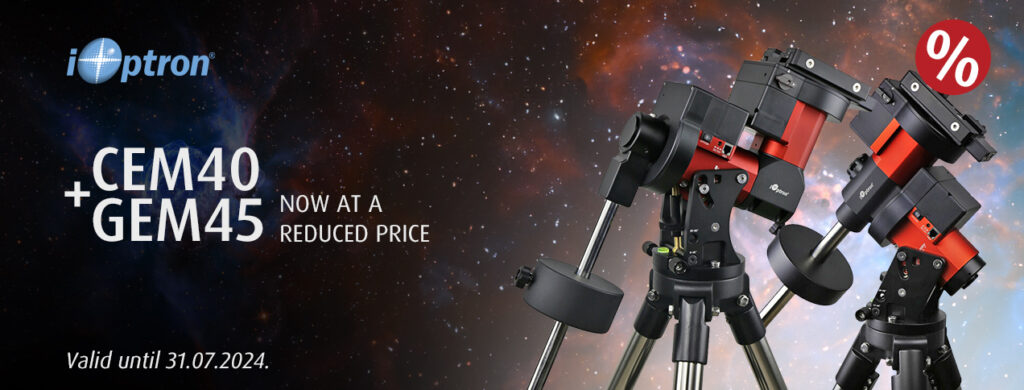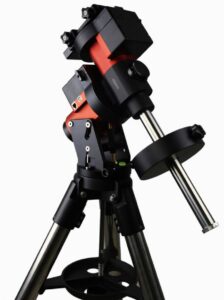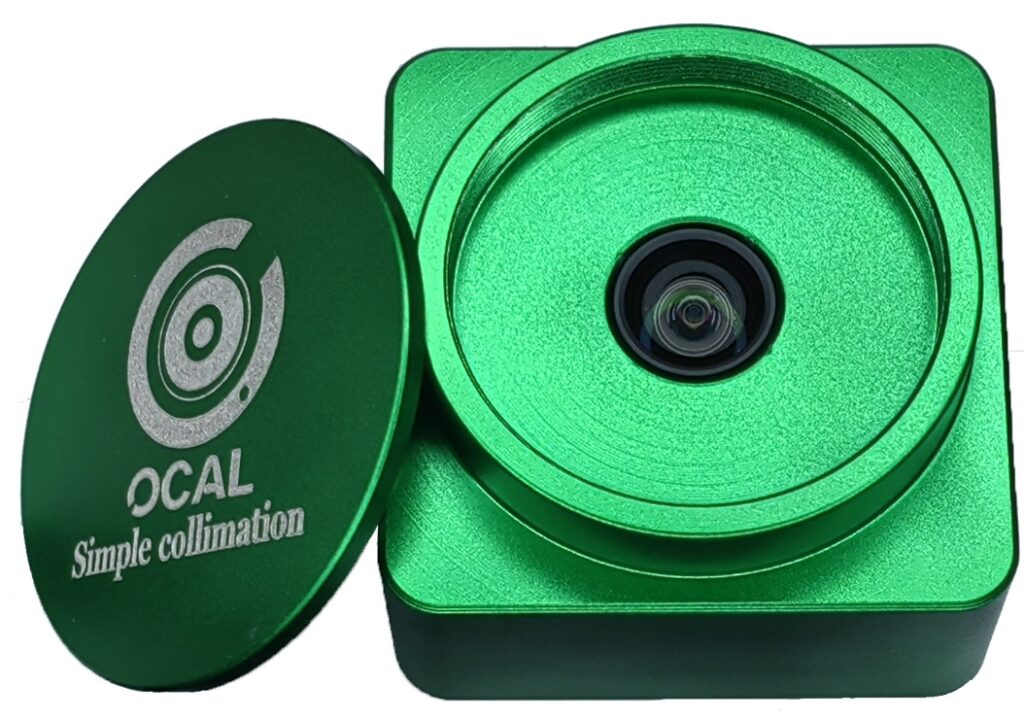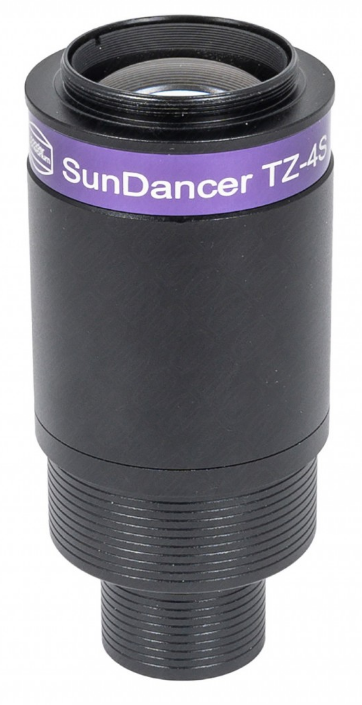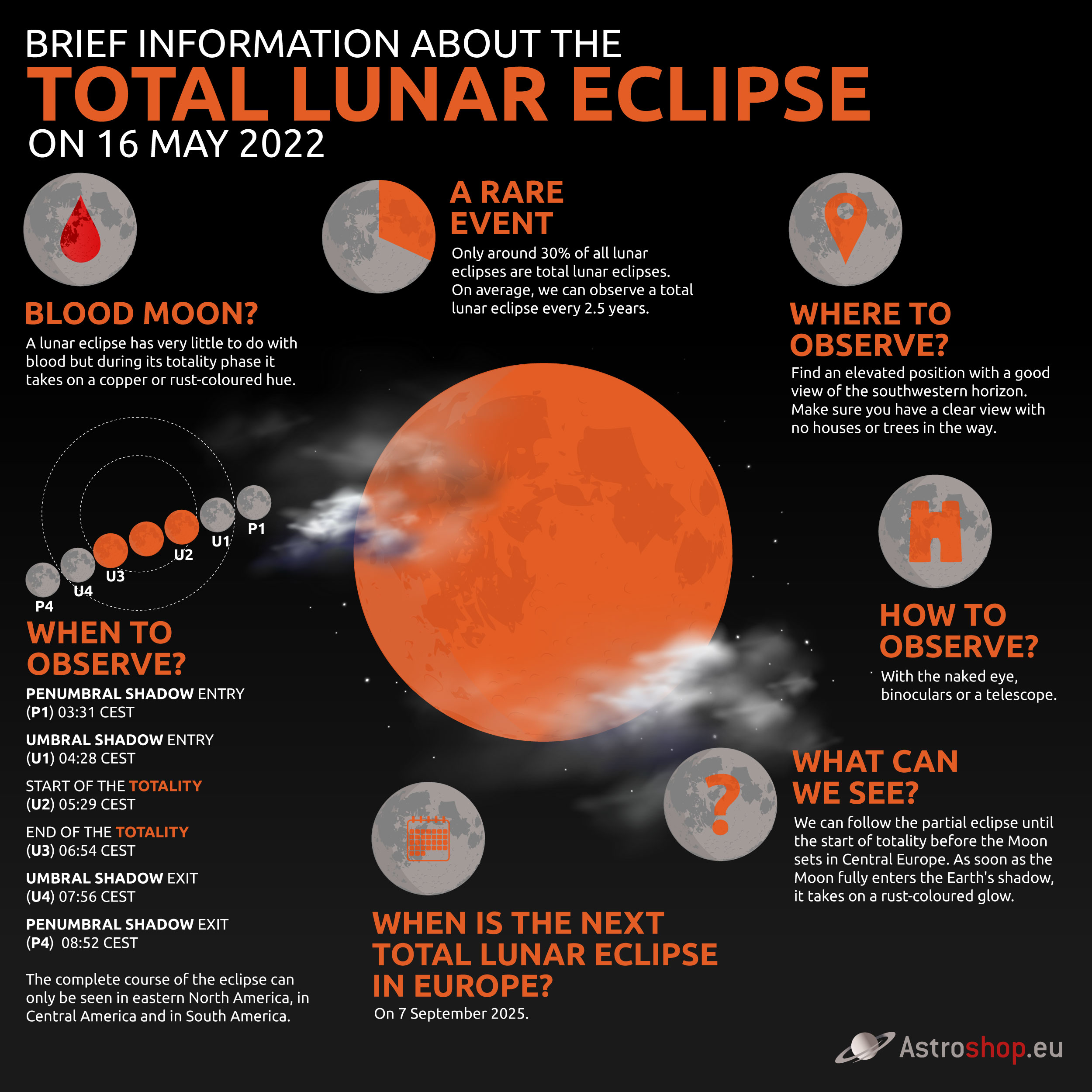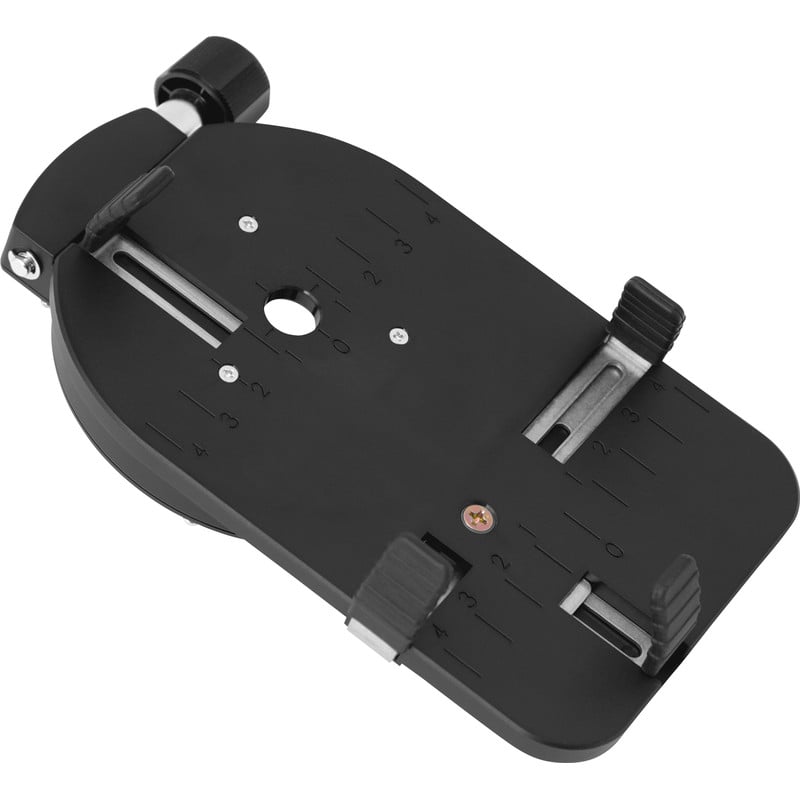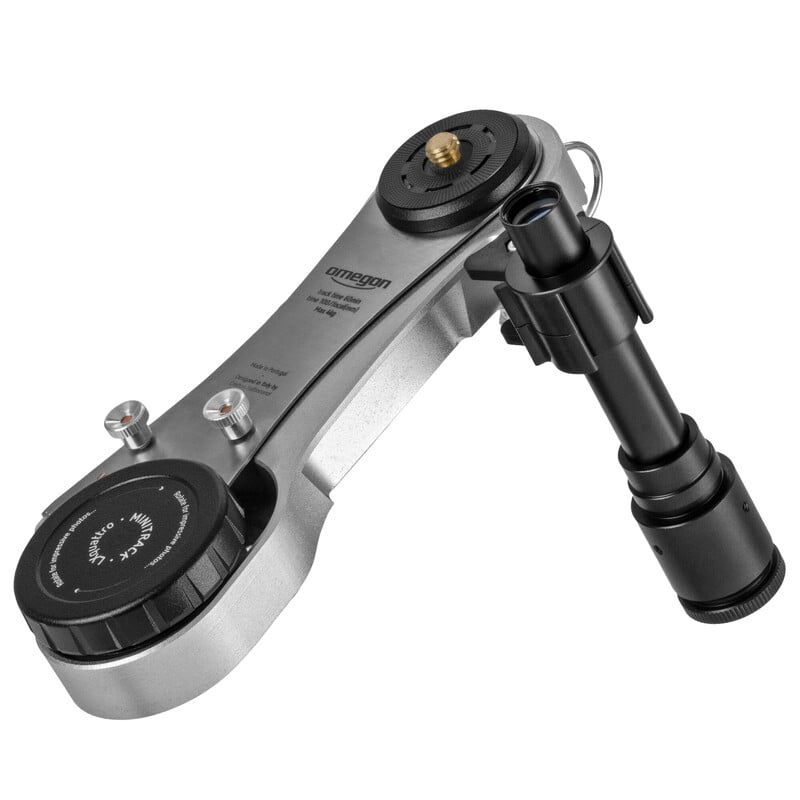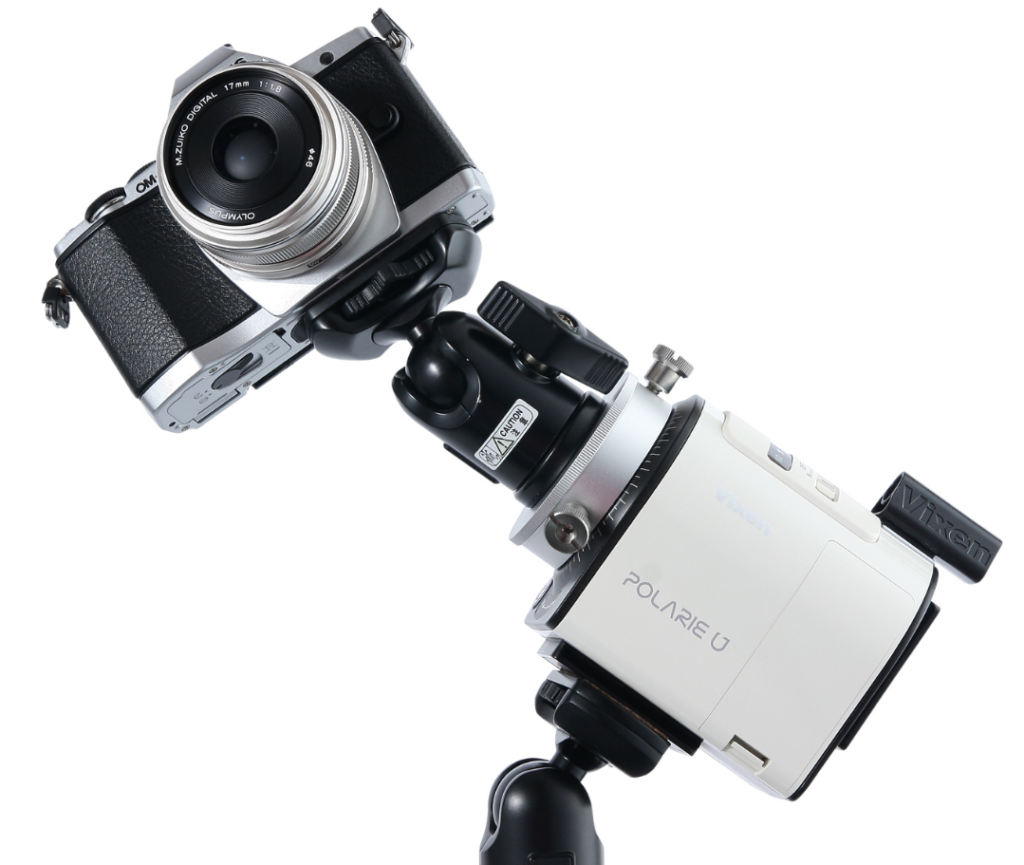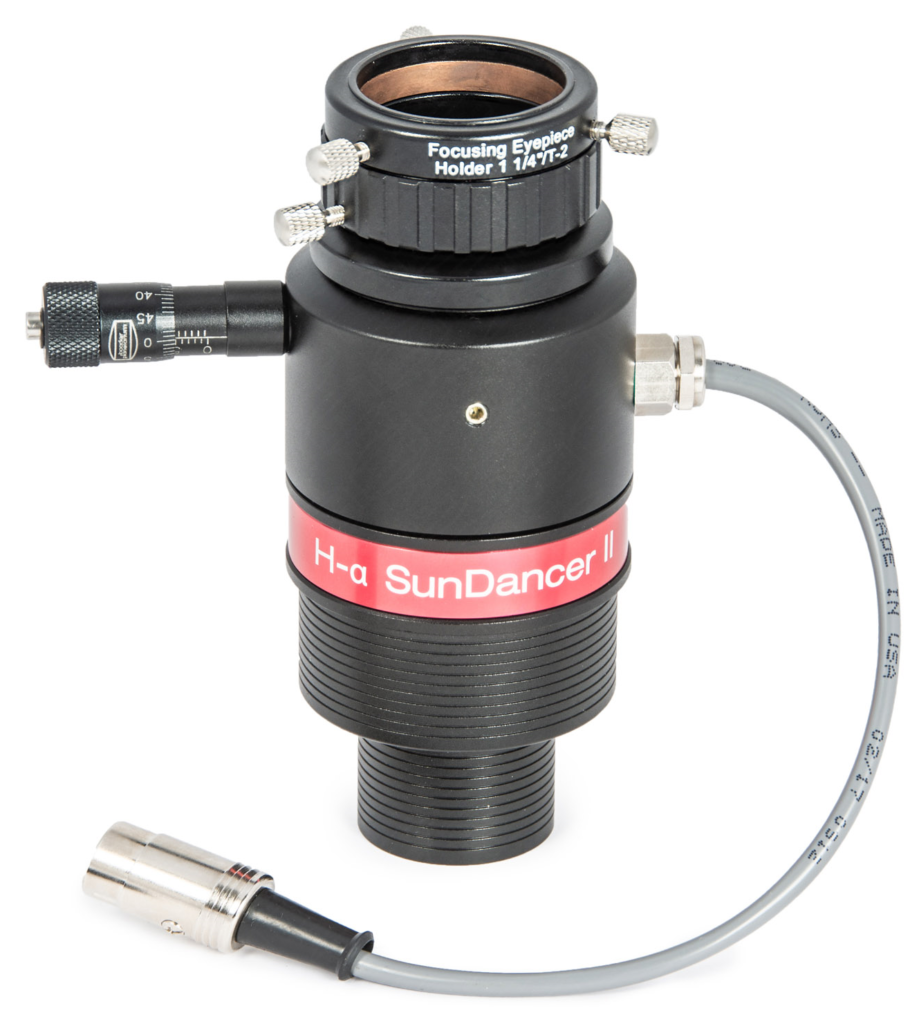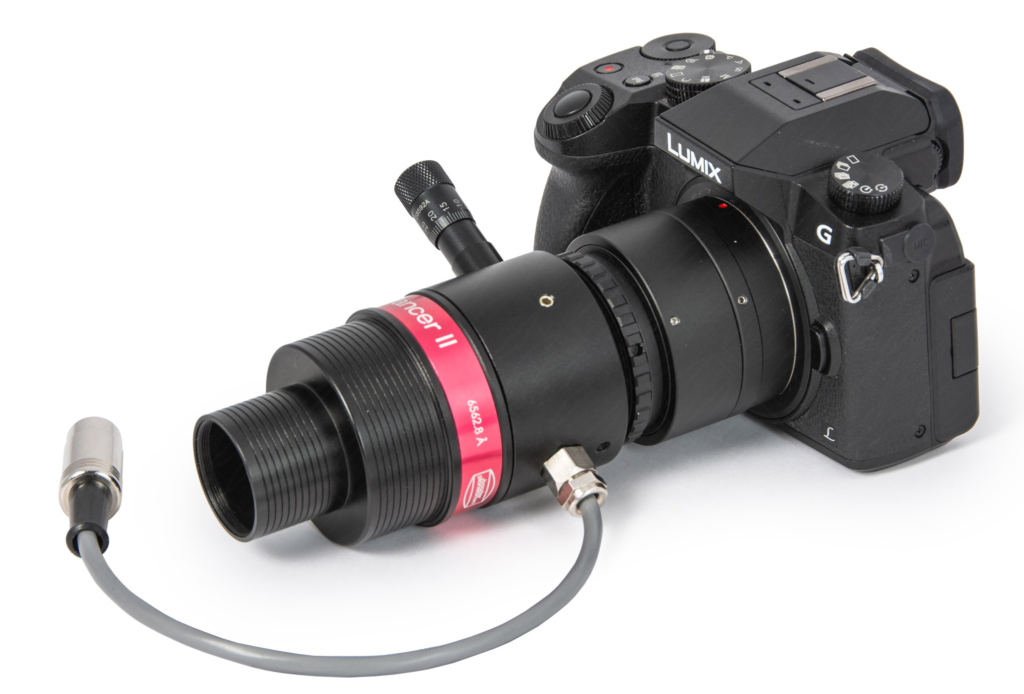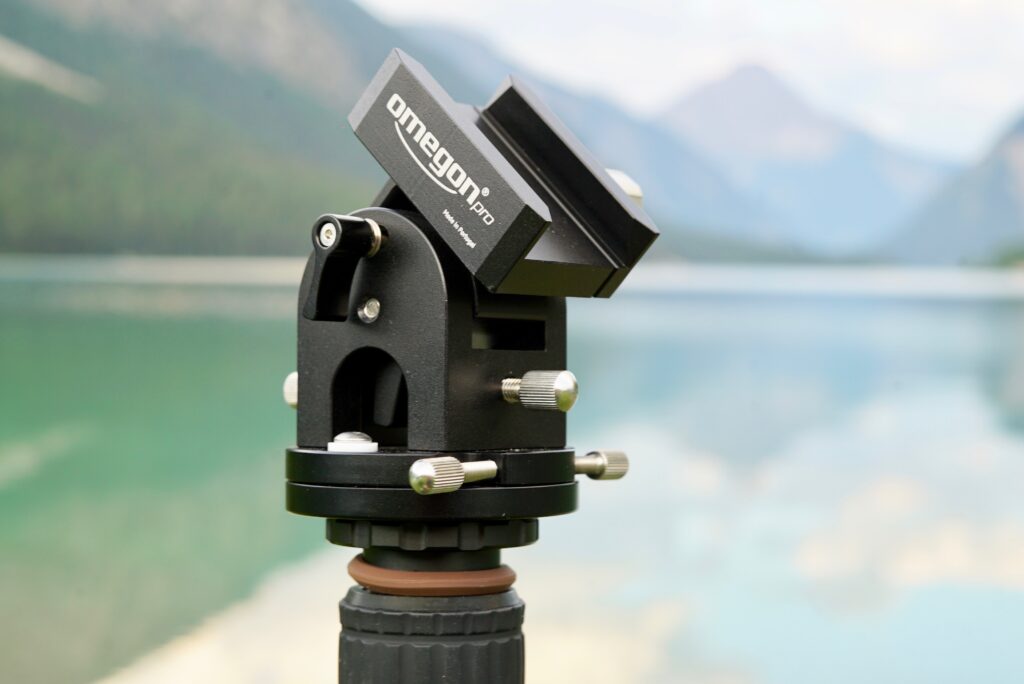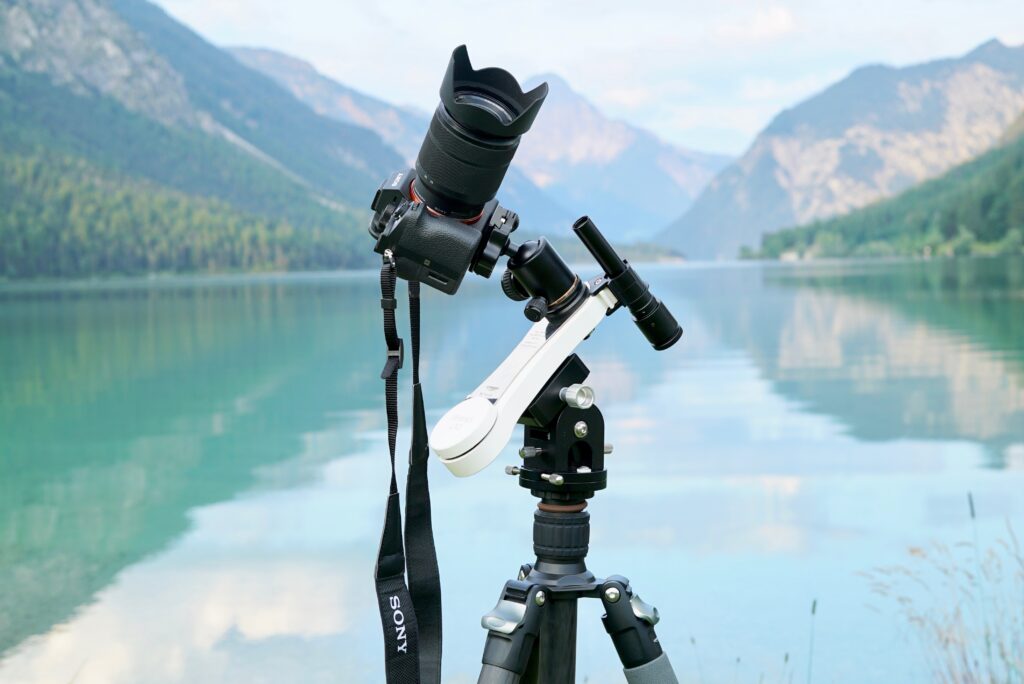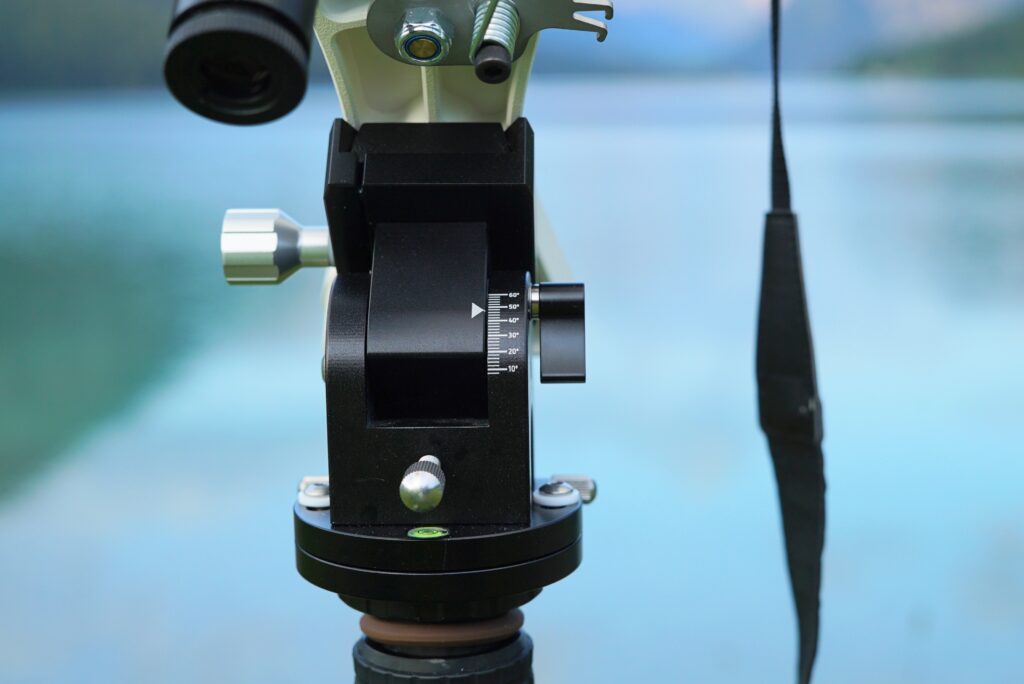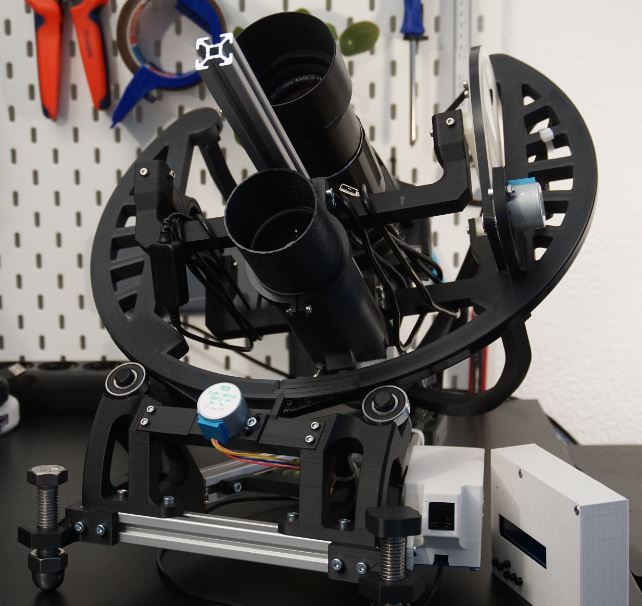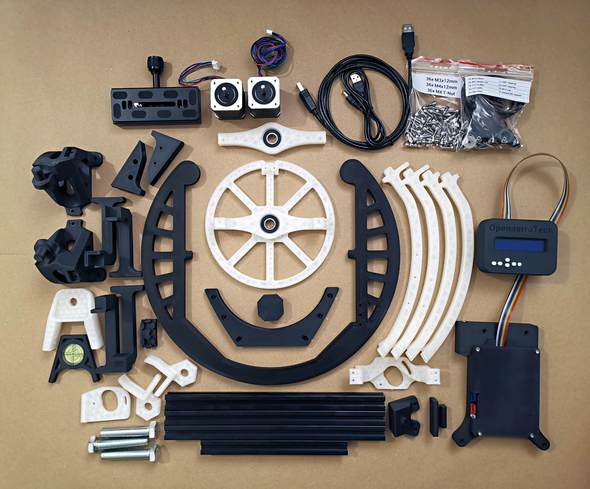A comprehensive, intuitive to use WiFi and remote-control unit, no matter where, how, or what you need to control. No other system offers such a wide range of configurations, regardless of whether it is for controlling a camera, focuser motor, automatic flatfield box, or even the rotator. Operate two imaging devices simultaneously? It’s happy to help. Various connection options are available depending on the Eagle model you choose. The entire power supply runs via the Eagle and can therefore also be controlled and regulated. Tilt angle and motion sensor, absolutely no problem. From the Eagle 5 version onwards, these functions are fully available to you, not to mention the Eye sensor, which permanently measures the quality of the sky in the direction that your telescope is pointing. Windows or IOS – sure thing! N.I.N.A. or SharpCap, but of course! Put simply: if your preferred software is Windows-compatible, then the Eagle also supports it, without restrictions. It’s an open platform for the end customer.
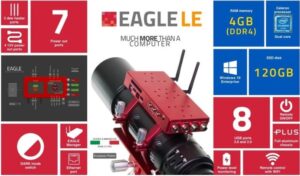
Special features of the Eagle LE
You’re not keen on a Sesto Senso 2 motor focuser, and would rather work with a device of your own choosing? Happy to oblige. You will be able to connect it to the Eagle. In addition, you can use any software you choose. There are no limits here. We’ve all been there before. The camera freezes and will not deliver an image, what now? Pull out the plug? But let’s do that digitally. You can switch the Eagle and/or USB ports on or off remotely which can be tremendously helpful in tricky situations.
Even CPU-intensive image processing can be carried out on the fly thanks to powerful processors and a large memory, piggybacked on the imaging device of course! A full-feature, controllable Windows computer that leaves nothing to be desired, apart from the external power supply. 12 volts are required (max. 16 amperes), no matter whether power supply, power bank, or battery, and probably also the only downside. GPS, inclinometer, or even a humidity sensor; for the correct choices, depending on your requirements and setup, the following function and overview list should be a huge help. Should you still be unsure, our consultants will be happy to help you by telephone or e-mail.
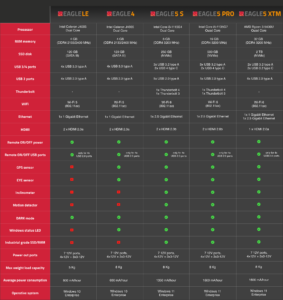
Eagle series features
Key features depending on the Eagle model
- WiFi – wireless connection
- Ethernet – wired control
- Remote On/Off – external access to turn the Eagle on and off
- Remote On/Off USB – External access to turn the USB ports on and off
- GPS sensor – location detection
- Eye sensor – to monitor sky quality
- Inclinometer
- Motion detector
- DARK mode– disables all LEDs on the Eagle
- Industrial grade SSD/RAM
- ECCO2– optional module to control dew heater temperature For automatic real-time monitoring, over and above the standard Eagle functions, equipped with a humidity sensor and an air pressure sensor.

